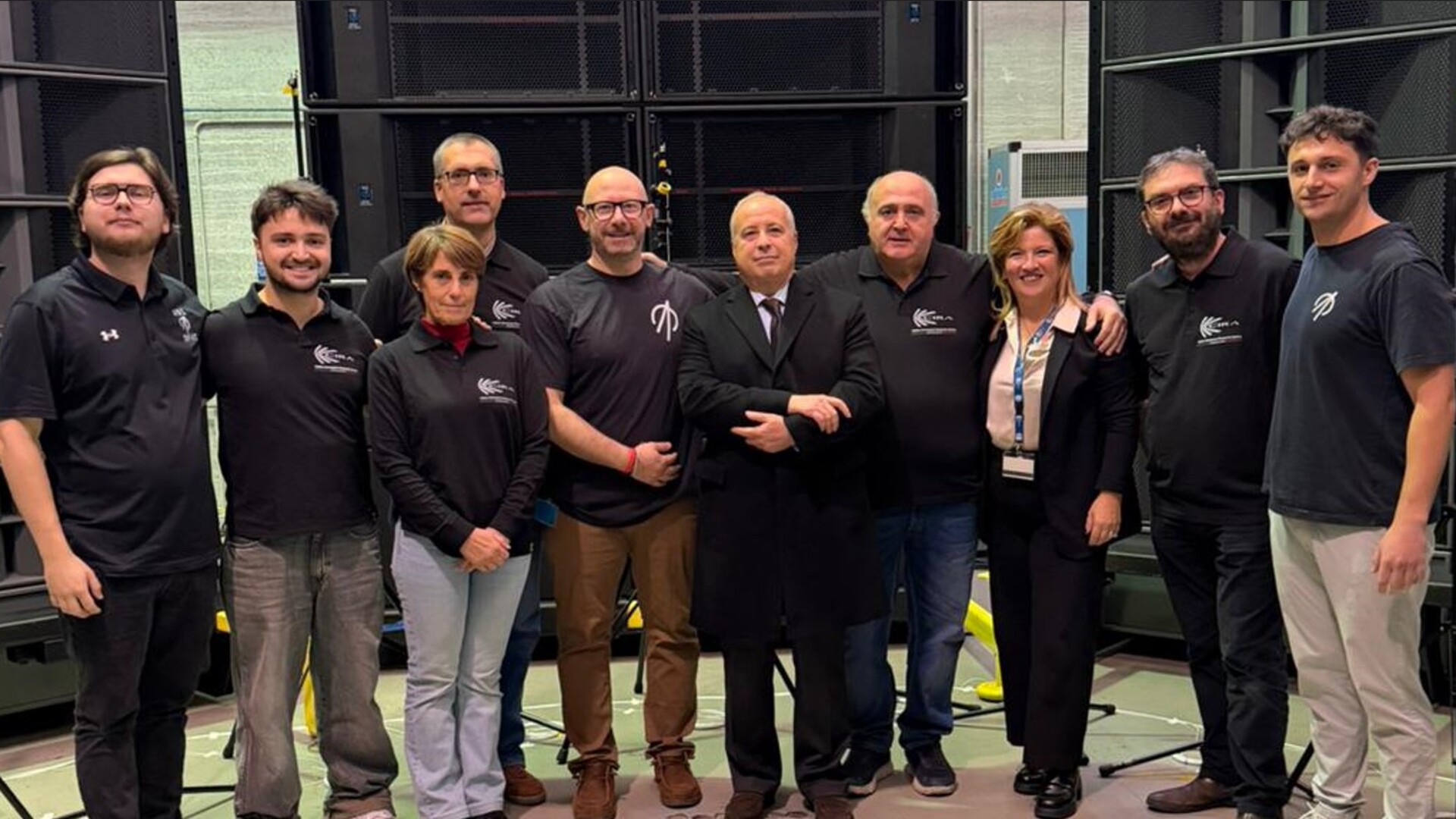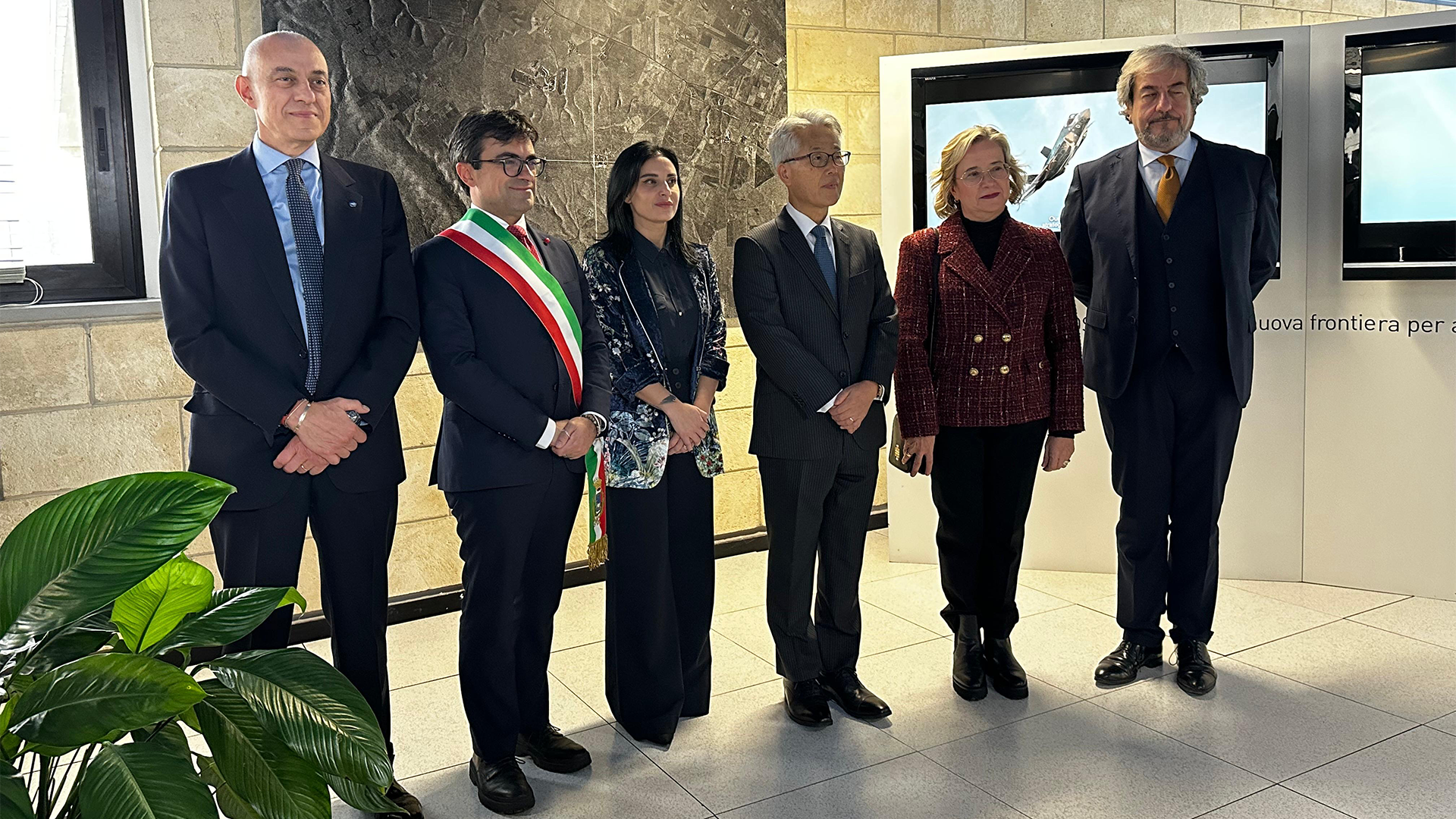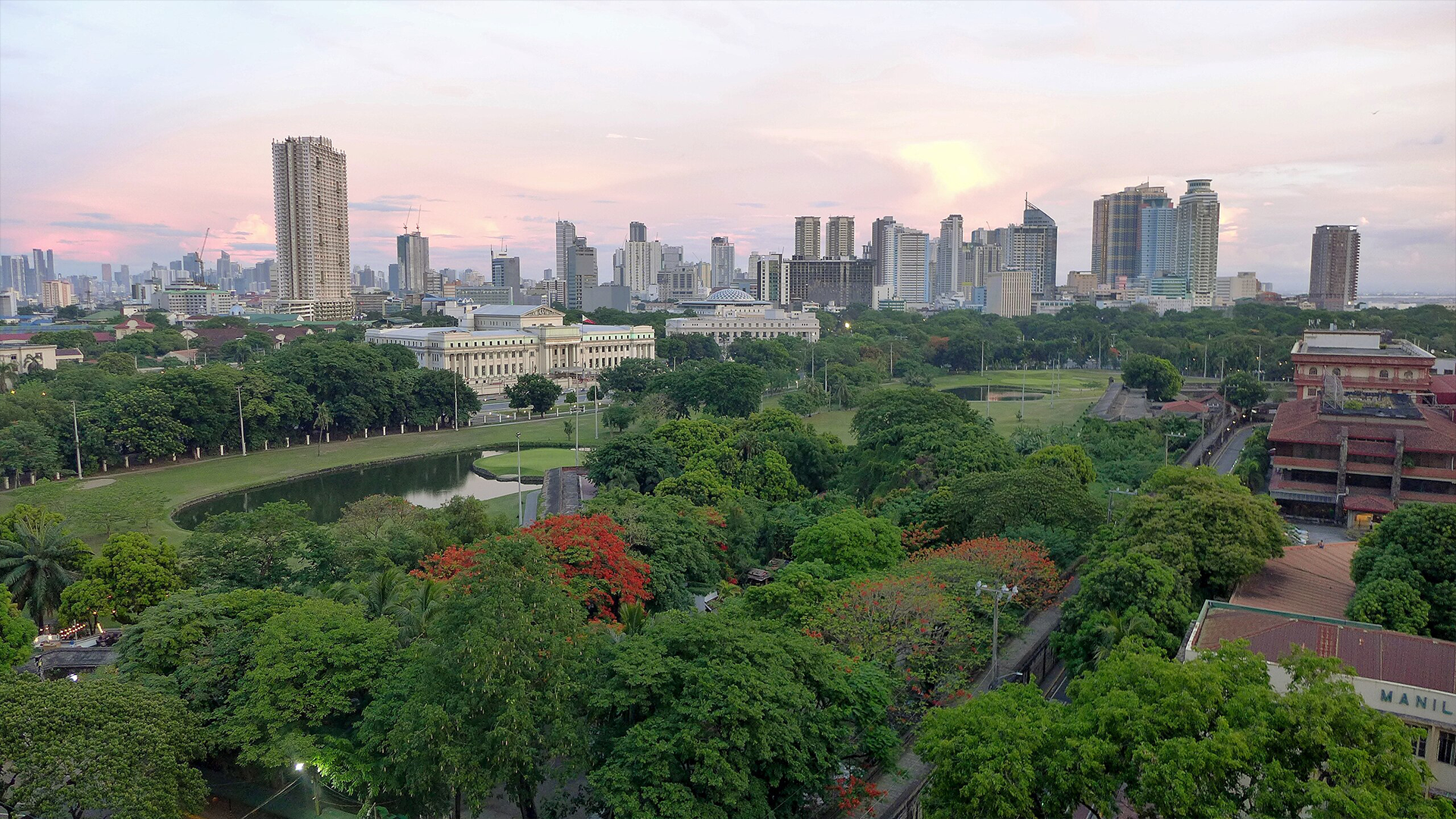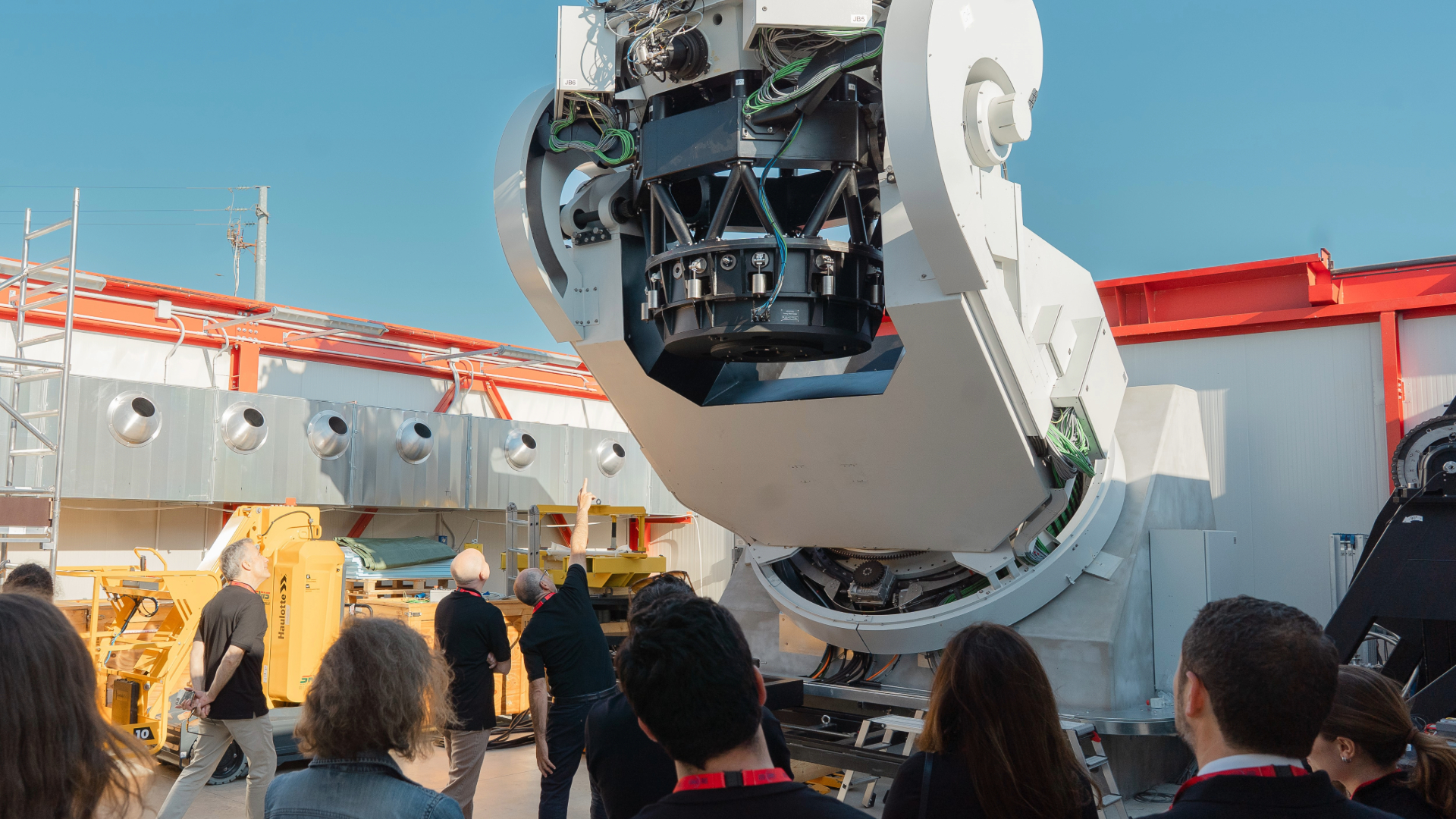The Memorandum was signed during the 76th edition of the International Astronautical Congress
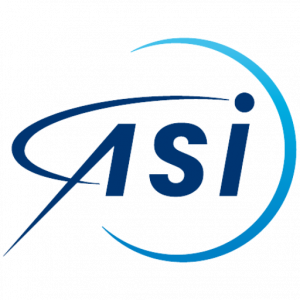
ASI, the Italian Space Agency, was established in 1988 as a national authority with the task of drawing up and enacting Italian space policy in compliance with governmental guidelines.
The Agency has established itself as one of the world's foremost players in space science, satellite technology and the development of vehicles for exploring the cosmos. Today, ASI is a leader at the European and global levels. It has a close collaborative relationship with NASA, and has participated in many of the most interesting scientific missions of recent years. One such project was the construction and operation of the International Space Station, which is currently home to a number of Italian astronauts.
Thanks to the work of ASI, the Italian scientific community has achieved unprecedented successes in the fields of astrophysics and cosmology. In addition to studying the Universe, the Earth can be observed from Space to monitor and take preventive action against environmental disasters, provide rapid response in crisis areas and measure the effects of climate change, among others. Italy is also at the forefront in these fields with systems like COSMO-SkyMed and PRISMA.
It has three operational bases in addition to its headquarters in Rome: Matera, Malindi and Sardinia. The ASI space centre in Matera is a historical base for space geodesy, remote sensing, free space quantum communication, the tracking of space junk in orbit, and time and frequency metrology. The Space Science Data Centre (SSDC) in Rome is a research facility for scientific operations and data processing, storage and distribution, with the mission of providing support for the scientific space missions in which Italy is involved. The oldest base is the Luigi Broglio Space Centre in Malindi, Kenya, the birthplace of Italy’s exploration of space. Originally a launch site, it is now, with its ground segment, a data reception and satellite ground control centre. The most recent base is the Sardinia Deep Space Antenna (SDSA), a scientific unit near to Cagliari, which was inaugurated as part of NASA's Deep Space Network, offering support for interplanetary and lunar missions as well as radioscience research.
Italy, via the ASI and Italian industry, also has an active tradition of research into space propulsion, including its role as leader of the European VEGA programme, the launch vehicle designed in Italy. Today, however, Space is no longer just an extraordinary field for research, but also presents major economic opportunities. The market for telecommunications and satellite navigation - to name but one - is constantly growing, and ASI, with its experience in building and launching satellites, is ensuring that Italy is ready to seize such opportunities.
From fundamental questions about the Universe and the origin of life, to experimentation in new technologies, Space is now, more than ever, an arena for expanding man's cultural horizons, raising his awareness and ensuring a better future for Earth itself. Thanks to ASI, Italy is at the forefront of this exemplary human endeavour.
Browse the Brochure-2024-ASI-ENG


